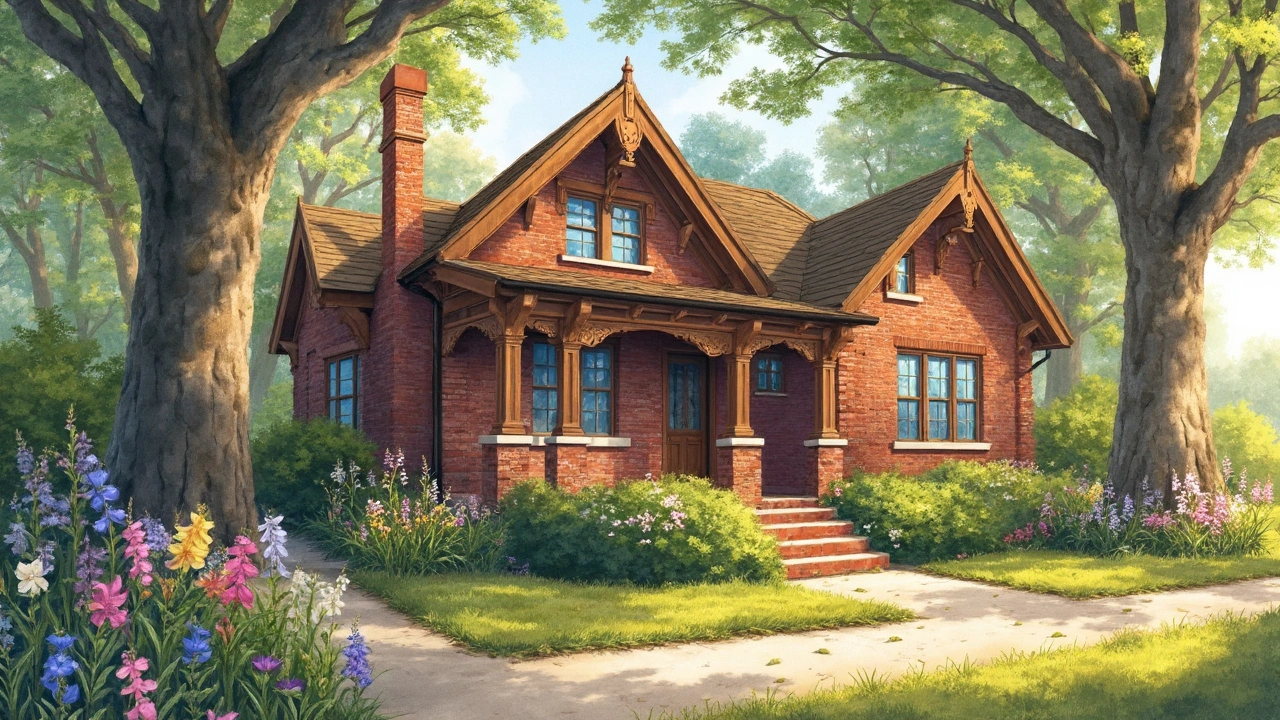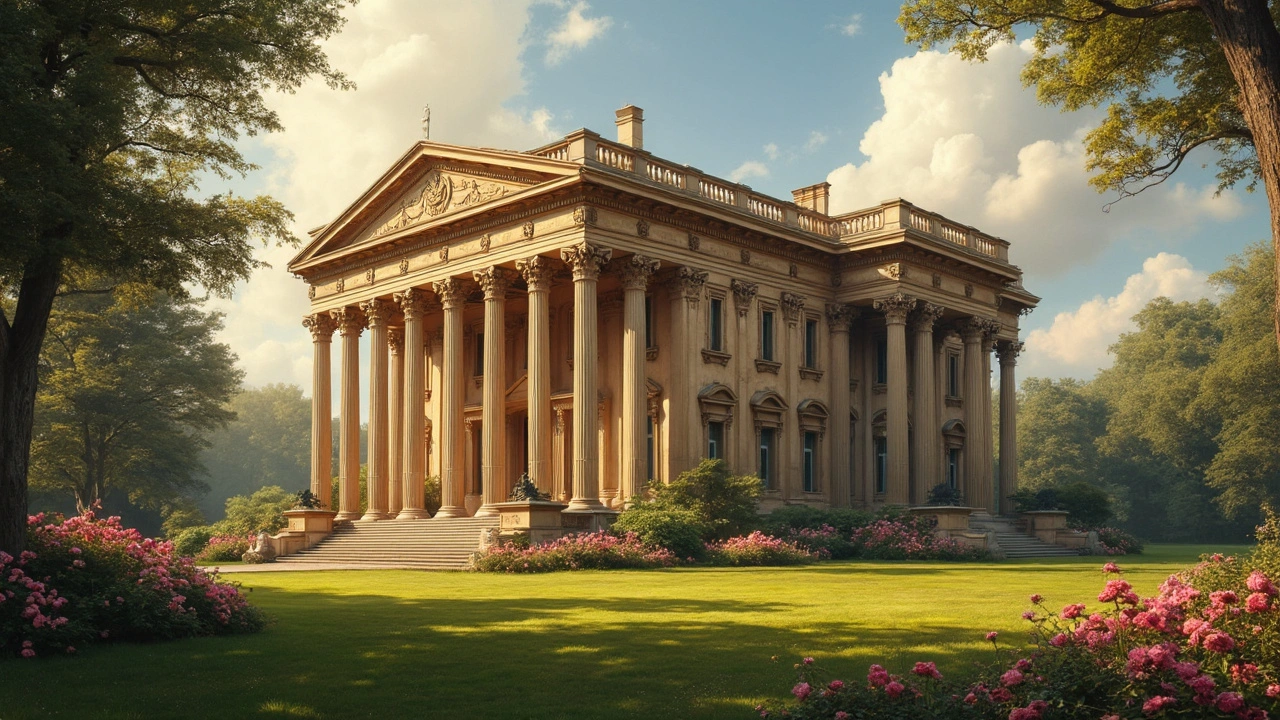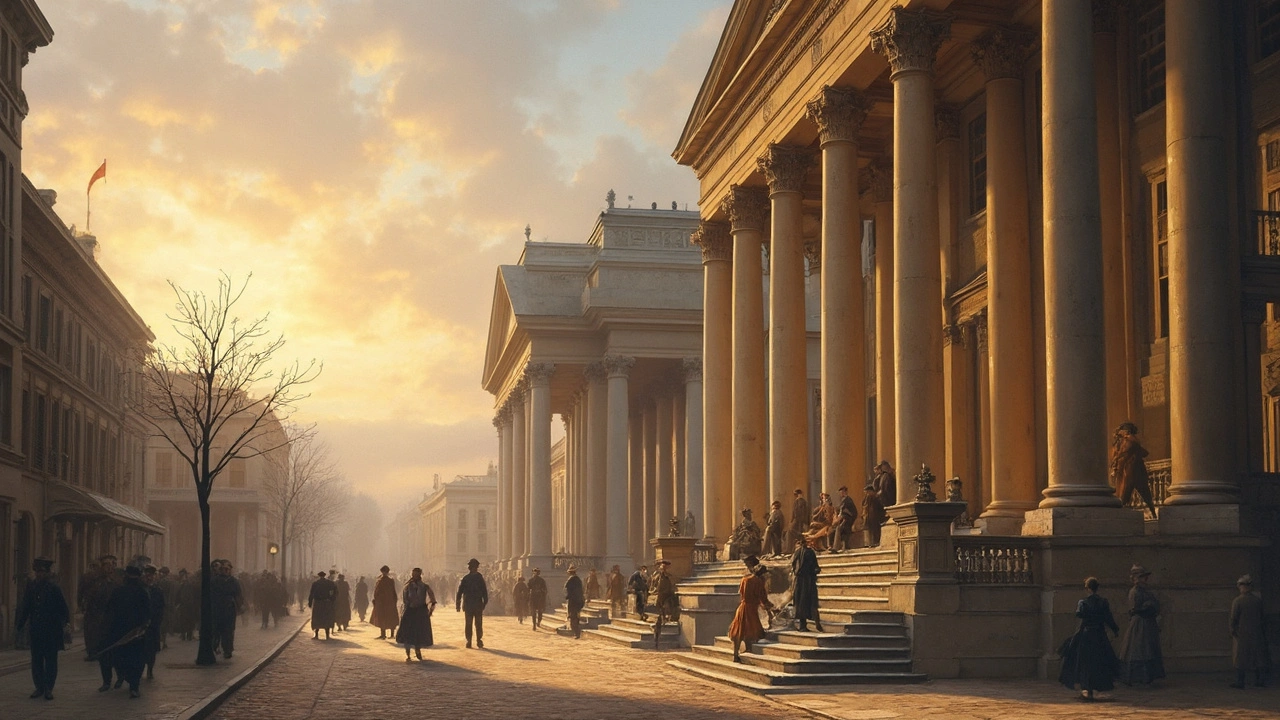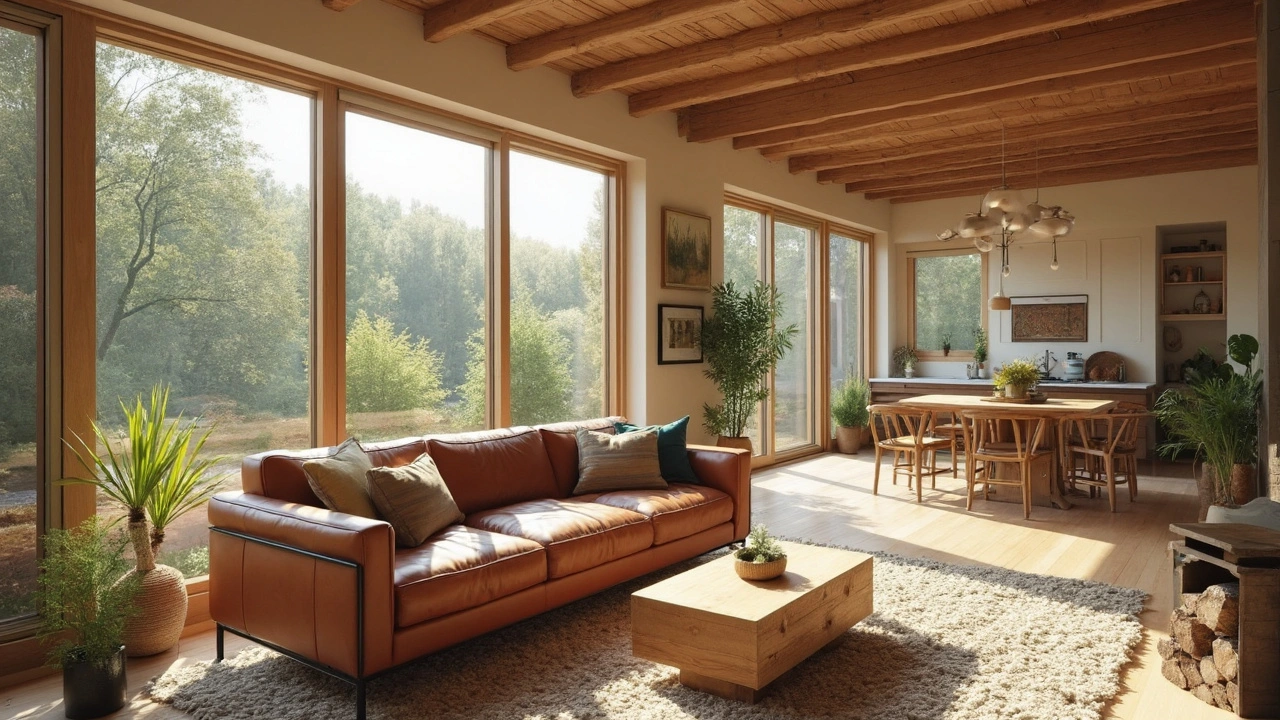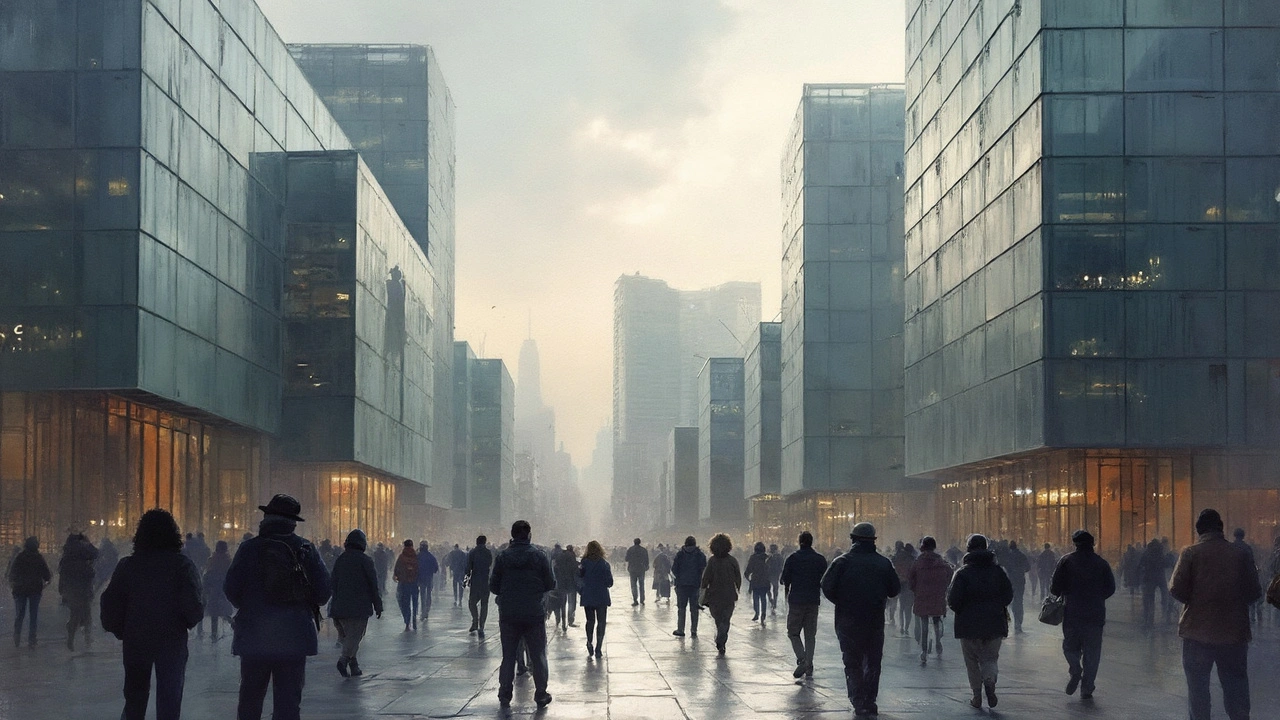Exploring the American Craftsman style is like stepping into a world where beauty and function dance in harmony. This treasured design approach emphasizes detailed craftsmanship, quality materials, and a love for handmade charm in everyday life. From architecture to furniture, it's all about creating spaces that feel both grounded and inviting. Dive into the heart of this timeless art form to discover its roots and how to easily incorporate it into your own life.
March 2025 Architecture Archive
This month’s posts focus on clear, useful ideas you can spot, study, or use at home — from the warm details of American Craftsman to the bold geometry of Constructivism and the clean lines of the International Style. If you want quick takeaways and practical tips, you’re in the right place.
Style notes you can use
American Craftsman celebrates quality materials and visible joinery. Look for exposed rafter tails, built-in benches, and natural wood finishes. A simple way to add Craftsman charm: swap a plain light fixture for a hand-crafted pendant, add a built-in book nook, or choose furniture with honest, sturdy lines instead of overly ornate pieces.
Constructivist architecture teaches us that bold geometry and clear structure can be practical and beautiful. Think of strong diagonals, exposed steel, and modular forms. For modern projects, borrow that clarity by using simple geometric patterns in facades or interiors and letting structural elements remain visible — painted steel beams or concrete finishes can become design statements.
History made practical
The International Style shows how less can do more: open plans, lots of light, and minimal ornament. To get that look without a full rebuild, choose low-profile furniture, strip heavy drapery in favor of streamlined shades, and keep color palettes neutral with a single bold accent wall or artwork.
Greek Revival and Federal styles are about proportion, symmetry, and classical detail. If you’re restoring an older home or designing a facade, focus on balanced window placement, a simple cornice, and painted friezes or pilasters where appropriate. These aren't just decorative choices — they shape how people read a building's purpose and status.
Ancient Roman architecture wasn’t just about grandeur; it was political messaging. Arches, forums, and processional routes guided how people moved and felt. When you study those moves, you can design modern public spaces that control sightlines and emphasize arrival — useful for parks, plazas, and civic buildings.
Functionalism in social theory connects directly to design: buildings should serve clear roles for the people who use them. That means thinking about accessibility, circulation, and how spaces support daily routines. Ask: who uses this room, how often, and what small change would make their life easier?
For homeowners with a ranch-style house, practical tips matter: embrace an open layout, keep colors light to enhance natural light, and use area rugs to define zones. Bring the outside in with large plantings and simple sliding doors to improve flow between indoor and outdoor spaces.
Want more detail? Each post this month includes images, history, and hands-on tips you can apply right away. Browse the individual articles to see photos and step-by-step ideas for repair, redecoration, or deeper study.
Constructivist architecture, famous for its bold geometric forms and utilitarian approach, has significantly shaped modern design trends. Emerging in the Soviet Union during the early 20th century, it emphasized functionality with aesthetic innovation. Its influence can be seen in everything from public buildings to everyday household items. Today, modern designers draw inspiration from these early ideas to push the boundaries of creativity and practicality. Explore how constructivist principles continue to inspire innovative designs in our world.
International Style, a defining architectural movement, emerged in the 1920s as a response to the ornate designs of previous eras, emphasizing function, simplicity, and open spaces. Known for its clean lines and minimalistic approach, it revolutionized modern architecture and influenced how buildings are designed globally. An exploration into the history of this movement unveils the key figures, including Le Corbusier and Ludwig Mies van der Rohe, who shaped its aesthetic. This article delves into its core principles, influential works, and provides practical tips for incorporating its design elements into contemporary spaces.
Greek Revival Architecture is a style that draws inspiration from the classical architecture of ancient Greece. Popular in the 19th century, it features elements like tall columns, painted friezes, and symmetrical shapes. This architectural style is not only visually striking but also embodies a rich historical narrative. Greek Revival buildings can be found in many regions, notably in the United States, where they reflect the aspirations and cultural values of the time.
Functionalism is a sociological perspective that views society as a complex system with interdependent parts working together to promote stability and harmony. By exploring how each element contributes to societal cohesion, we can better understand the intricate balance that keeps communities functioning smoothly. Discover how institutions, norms, and roles play critical roles in maintaining social order and what happens when these elements fall out of sync.
Federal Architecture is a key element of American design, reflecting the country's ideals and aspirations from the late 18th to early 19th centuries. Its simplicity, symmetry, and elegance make it distinct and have left a lasting legacy on the nation's cityscapes. This style incorporates elements from Roman and Greek influences, blending them into a uniquely American form. The architecture not only tells a story of the nation's budding identity but also showcases how design can embody cultural values. Understanding Federal Architecture allows for greater appreciation of America's architectural heritage.
Discover practical tips for redecorating your ranch-style house, focusing on open spaces, natural lighting, and cohesive design. Embrace simple color palettes to enhance the charm and make the most of your living space. This guide will help you create a home that exudes warmth and style.
The International Style revolutionized architecture and art with its emphasis on functionalism and minimalism, greatly influencing modern urban landscapes. Merging simplicity and practicality, this style left a lasting impression, shaping how buildings are designed worldwide. By prioritizing open spaces and sleek lines, the International Style impacted art and design, bridging cultures and fostering a global architectural language. Shell out this guide for an informed exploration of its key features and historical significance.
Ancient Roman architecture wasn't just about impressive buildings; it was a powerful tool in politics, used to showcase strength and control. From grand forums to monumental arches, the construction projects reflected the authority of their commissioners and communicated messages of power. Understanding this connection helps us see how architecture can influence society and even guide political landscapes. In Rome, every stone and column had a political story to tell, painting a vivid picture of the empire's ambitions.

